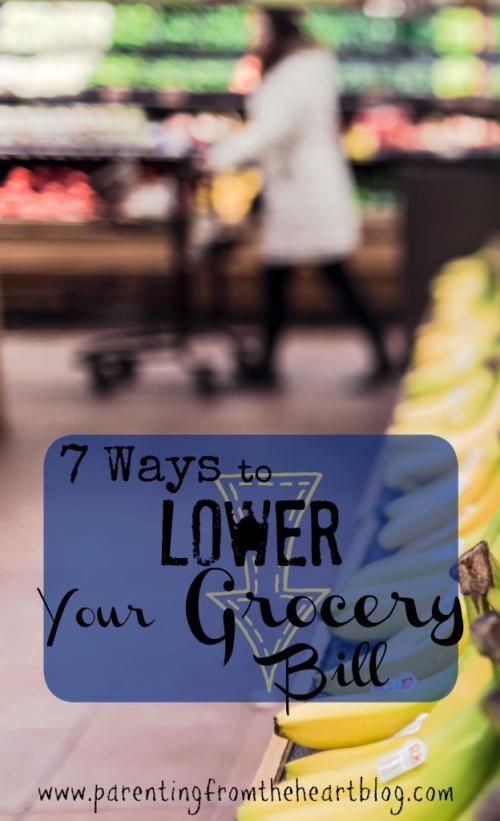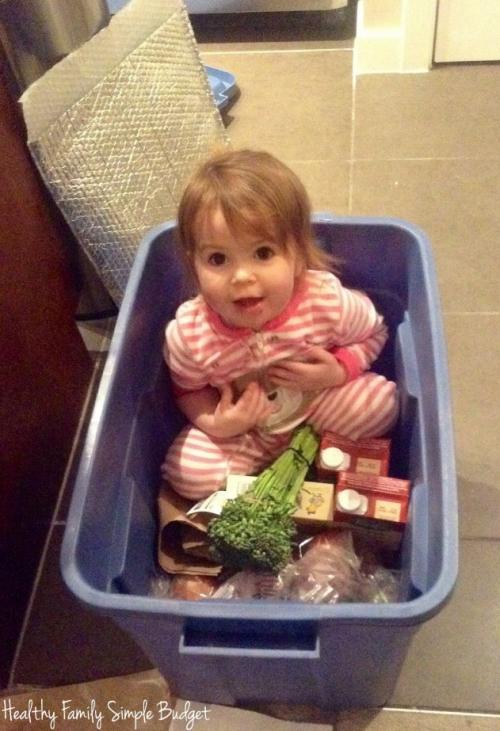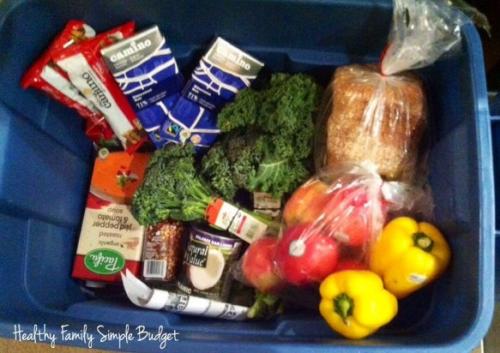6 Ways To Lower Your Grocery Bill
(With Dos and Don’ts)

1. Do Meal Plan Before Writing Your Grocery List
When I’ve meal planned for the week before writing my grocery list, I can buy more purposefully. Rather than buying an ingredient for one meal, I can make sure a food item can carry into at least one more. For instance, instead of buying two steaks, I can pick up a small roast. We can have roast vegetables and meat the first night, and a stir-fry with beef the next.
2. Don’t buy Everything in Bulk or Case-lots
This may seem counterintuitive. I understand from a price per unit perspective, it makes sense to buy the largest quantity. However, if you buy something in bulk that you don’t use regularly or don’t use enough of, your pantry, rather than your bank, ends up holding some of your funds. For instance, because I love some spice in my food, I bought a Costco pack of Frank’s Hot Sauce and Sriracha. Because I only use roughly an ounce each week of either, the Sriracha expired before I used 1/3 the bottle and the Frank’s has been with us since we got married!
3. Do Shop Once or Twice per Week (No more)
My family has gotten into a bad habit of shopping way, way, WAY too frequently. With my husband having been self-employed, money would come in sporadically and so was our shopping. Also, we live 200 meters from a grocery store. By shopping more often, it may feel like we are spending less as it is only $35 here, $15 there… But shopping more has led to more impulse buys and less purposeful spending overall. In the past when we were in the habit of shopping weekly, we spent less and wasted less. If I knew I wouldn’t grocery shop again for several days, we move through our groceries intentionally until we were out of almost everything.
4. Do Stick to a List and Consider Online Grocery Shopping
Planning out dinners, making a well thought out grocery list, and then actually adhering to the list greatly diminishes the chances of impulse shopping or buying food that won’t be used throughout your week.
I was highly skeptical of online grocery shopping. I don’t buy pre-bagged apples for fear the apples no one wants would end up in my bag. Thanks to my best friend’s recommendation, I started using Spud.com.

The benefits of online grocery shopping include:
-
- Not having to grocery shop with toddlers
- My grocery list for that store is just my order. I add to it over the course of a week, until order deadline, do one final edit, and then send it off.
- Because the delivery day is weekly, I have six days to edit my shopping list to ensure it’s only what we will really use. And, we waste less because it only comes once a week.
- Less impulse buys
- It is WAY easier to stay within your budget as you don’t have to do mental math, and aren’t in front of a cashier if you realize you’ve gone over budget.
- With an online grocery store in your pocket, it is so easy to compare prices at other stores.
- With a minimum order, there is no delivery fee.
- In the case of Spud, if you refer someone, you and the person you referred get $20 off your respective orders

5. Don’t Stay Loyal to One Store Do Know Your Prices
Though the grocery store across the street has us as way-too-frequent shoppers, their prices are decent on some things and terrible on others. For instance, there is a kale salad I absolutely love that is sold both across the street and at Costco. For the same bag, Costco sells it for $3 less.
6. Do Budget for Wiggle Room
This is mainly for shopping at Costco or anywhere that has a lot of seasonal products. Because Costco has such great items at such great prices, high turnover on items, and really useful seasonal items, it is so easy to overspend. When I can afford it, I’ve allowed for wiggle room of anywhere from $20-$50 so I can buy snowsuits unexpectedly in August, or whatever it may be.